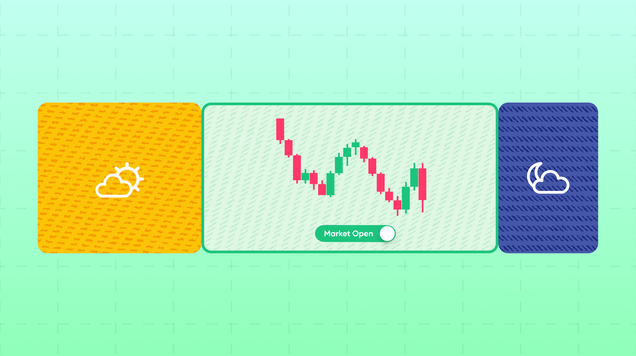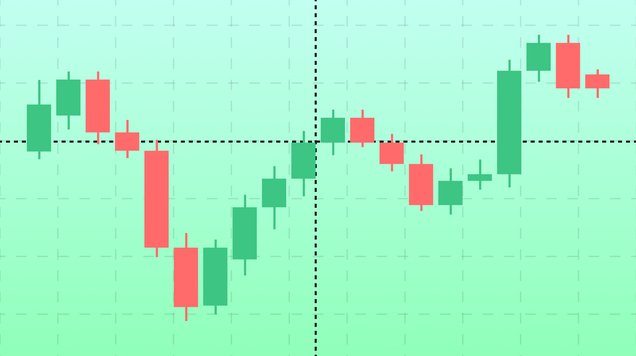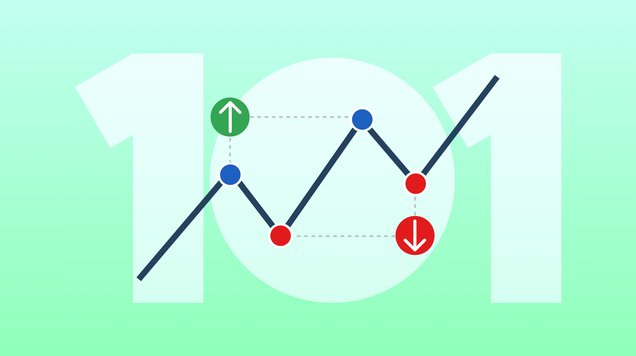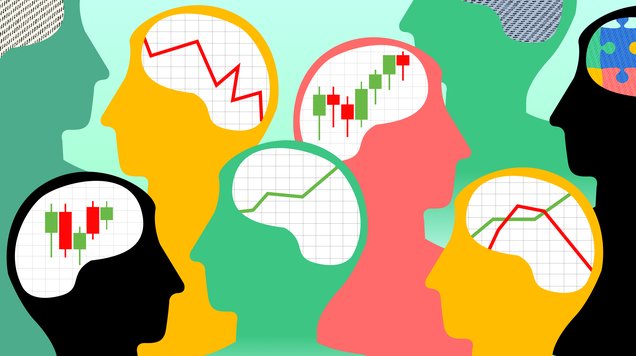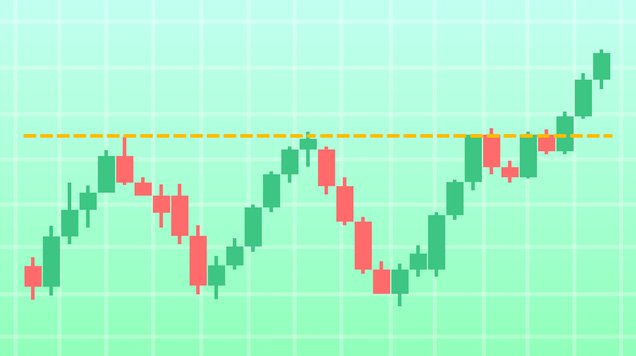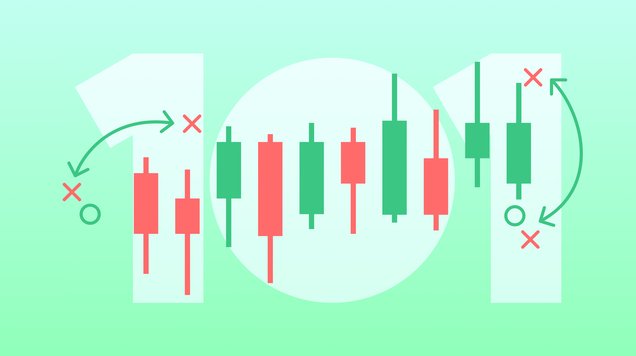Trading news and events
Read our guide to turning financial news and events into trading opportunities, including strategies and useful tips to get you started.
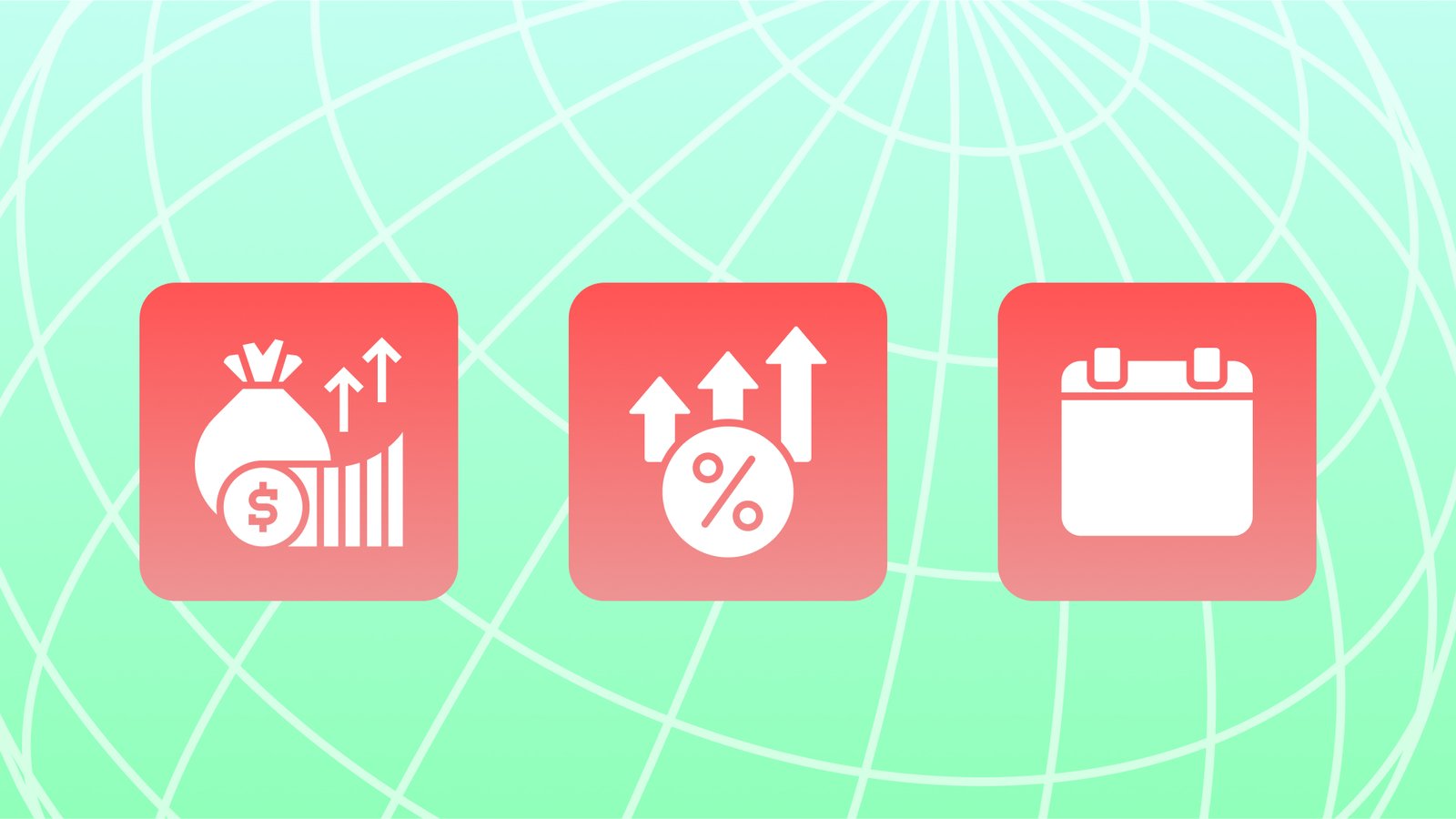
News trading or ‘trading the news’ means taking advantage of key economic news and events that create volatility and trading opportunities in financial markets
Interest rate decisions, NFP reports, GDP releases and geopolitical events are examples of important financial news and events
Trading news and events has several benefits, such as high-profit potential, increased liquidity, and lower time commitment
News trading is considered as high-risk, high-reward strategy that requires thorough analysis, understanding the market sentiment and efficient risk management
Risks associated with news trading include volatility, slippage, whipsaws, timing challenges, and overtrading
Introduction to news trading
News trading is a trading strategy where traders aim to profit from price movements that occur in a financial market in response to breaking news, economic data releases, company earnings reports, and other significant developments.
Trading news and events can offer great opportunities, but also has its challenges. Tracking events, conducting in-depth research, and implementing strategic risk management can enable traders to capitalise on the volatility rising from news releases. The strategy of trading news and events is as lucrative as it is risky, meaning traders should prepare for sudden price movements in their anticipation or against it.
A trader’s decision to trade news and events must align with their risk appetite, skills, and trading goals. It can complement other trading strategies in a diversified trading portfolio to enable traders to take advantage of opportunities in the global financial markets.
In this article, we’ll guide you through the strategies, opportunities, and risks involved in trading news and events.
You’ll learn how to use an economic calendar, prepare for announcements, and manage risks through volatility-based orders and risk management techniques.
How to trade news and significant events
Trading by focusing on news and events can be a rewarding strategy. The benefit lies in silencing the noise of unlimited signals to focus on the volatility or movements relating directly to specific news announcements such as central bank announcements.
Here are some things to consider when trading news and significant events:
Economic calendar
Economic calendar lists key economic releases, announcements by Central Banks, and political events. It’s the foundation of trading news, and traders should monitor the calendar for key announcements that are likely to move the market. Some announcements move the market more than others, therefore it’s necessary to prioritise which news and announcements to follow in a personalised or institutional trading strategy.
Preparation
In the lead-up to an economic announcement, there will be certain pointers. These pointers are valuable aspects to guide research on historical data, correlations, and some forecasts.
Timing
This is a vital aspect of news trading. Traders aim to make trades before or after key announcements made as this is often when there is the most volatility. The risk of trading on the actual day of the news is that it could yield less volatility than the days before or after the announcement. It’s important to factor in slippage and rapid price swings as these can lead to losses.
Volatility-based orders
These orders involve setting a specific level or threshold, upon which to place a buy or sell order. Using a pending order to enter or exit the market can be vital in risk management when anticipating high volatility.
Risk management
Risk management is crucial in trading news and events. Traders must set orders to stop loss or take profit to mitigate both extremes of loss and greed. More caution also must go into position sizing and leverage to avoid overexposure in a position.
Post-event analysis
Traders do well to assess an event after it has occurred. This analysis should offer insights into their performance, trading outcomes, market reactions and potential areas of improvement. The results can guide further adjustment of strategies as would be needed.
Five examples of key news and events to trade
Here are five examples of significant news and events that offer trading opportunities in the financial markets.
Interest rate decisions
Central bank announcements about interest rate decisions are some of the most important news in the financial markets. A decision to raise, sustain or lower interest rates can have a great impact on a country’s currency and other financial assets. For instance, raising interest rates can cause currency appreciation, which the central bank can use to make its currency more attractive to investors seeking higher yields on that currency.
Non-Farm Payrolls (NFP) reports
The US NFP report indicates the state of the labour market. It’s often released on the first Friday of each month. A positive NFP report shows strong job growth, which is expected to strengthen the dollar. A negative report could anticipate a weakening of the dollar. Traders can prepare for NFP releases by anticipating the market impact of the news.
Gross Domestic Product (GDP) releases
GDP releases offer insights into a country’s economic productivity. Higher GDP growth can strengthen a country’s currency, as it shows a strong economy. A lower GDP growth can indicate possible currency depreciation.
Geopolitical events
Events such as elections, conflict announcements, trade negotiations and new alliances can affect currency pairs and other trading products. A great example of this is the market reaction to the British Pound during Brexit negotiations, where it experienced great volatility as it was a largely unforeseen event with potential repercussions in a wide region.
Inflation reports
A good example of an inflation report is the Consumer Price Index (CPI), which measures changes in consumer prices. A fast rise in inflation can lead to currency depreciation, while lower inflation can indicate possible currency appreciation. However, traders often focus on the respective central bank’s reaction to the inflation rate.
Advantages of trading news and events
Trading news and events can be considered as a high return, high risk strategy and some of the main benefits that the strategy offers traders are explained below.
High-profit potential: Major news can prompt significant price movements, which can create great profits in a short time. Price action movements that often take days can happen in a few seconds or minutes after a news announcement. When traded right, a trader can make substantial profits within a short period.
Increased liquidity: This is often triggered in anticipation of profit from relevant news and events, and the benefit lies in reduced instances of unidirectional piece movements and slippage.
Lower time commitment: Trading news and events can suit traders on a limited schedule, as they don’t have to monitor the markets constantly.
Fundamental analysis: News trading has its foundation in fundamental analysis, which favours traders who specialise in it instead of technical analysis.
Risk control: Risk management can offer traders a haven through stop loss orders to limit their adverse exposure to risks arising from trading news.
Risks involved in news and events trading
Trading notable news and events can be as profitable as it can be challenging. Traders need to factor in these risks to make quality decisions and mitigate losses in the event of exposure to events going contrary to their expectations.
Some of the risks to anticipate include:
Volatility: News can cause rapid and extreme price movements due to market sentiment, which can cause damaging losses without proper management.
Slippage: Order execution can be subject to slippage, where trades can be executed at prices varying from expected levels. This can cause unexpected losses, making it worth anticipating in a trading strategy.
Whipsaws: A whipsaw is a price action event where price spikes up or down and then reverse into the opposite direction within seconds or minutes. It can often trigger pending orders quickly and reverse therefore causing potential losses.
When the market reacts irrationally to news, whereby price reversals occur shortly after the news release, this can lead to a whipsaw movement. Unless traders can anticipate the whipsaw movements based on historical data or other indicators, this can cause significant losses.
Timing challenges: Market volatility can present difficulties in price entry and exit opportunities in terms of their effectiveness. Imagine the difficulty of placing a stop loss order to your buy trade when the market is rapidly going down.
Overtrading: This is another trap to consider in trading news and events, as it can be alluring to enter different positions quickly in anticipation of one event. The risk of taking multiple positions based on one or a few events can lead to high-risk exposure if the events don’t create the expected impact on the market.
Strategies to trade news announcements
While executing trades before a news announcement is generally perceived as risky due to the uncertainty of news and the uncertainty of market reaction, there are other ways of trading news which include weighing the reported data against market expectations, seeking to understand market reaction to the news, and using technical analysis to track overreaction to both good and bad news.
Traders and investors often read news reports to understand the overall implication of news reports before executing trades. Some news will tend to have short-term impact on prices while others have long-term impact on prices and trends.
For news that are largely impactful to market sentiment, sometimes traders will buy the rumour and sell the news. This includes speculating that a certain set of market news will drive market prices in a certain direction, executing trades in that direction, and exiting those trades when the news is announced.
Have you ever seen a positive news report supporting the strength of a currency , but the currency traded lower after the news announcement? What you witnessed is probably a “buy the rumour and sell the news” event.
In some cases, market prices spike too high or too low after a news announcement leading to overbought or oversold prices. Technical traders often track these overreactions to identify potential market opportunities trading against the overreactions.
A good approach in currency trading involves identifying a weaker currency to trade against a currency that just experienced positive news and a stronger currency against one that just experienced negative news.
Lastly, after an initial spike in price resulting from a news announcement, prices may consolidate for a while before continuing in the spike direction. News traders will often monitor such consolidations so they can trade trend continuation patterns.


